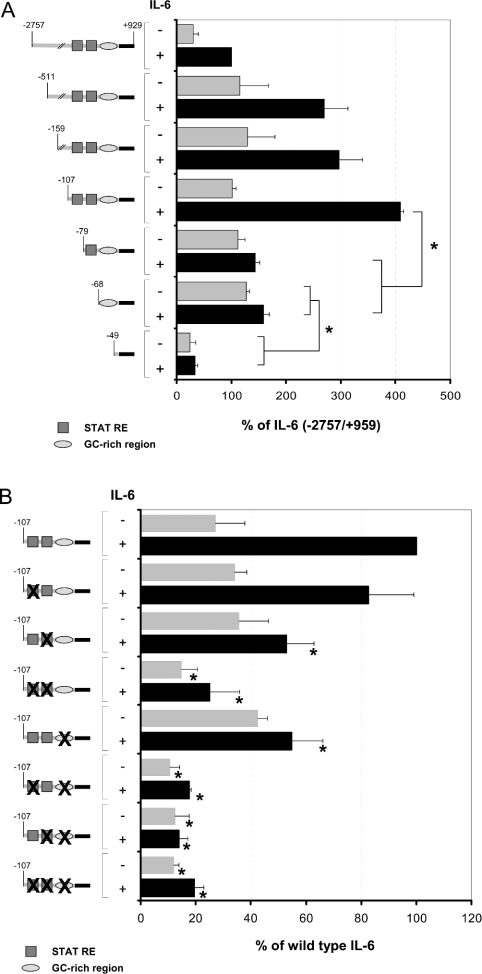Figure 3. Differential contribution of the GC-rich motif and the proximal or distal STAT-responsive element to basal or IL-6-mediated activation of the murine SOCS3 promoter.
(A) The murine SOCS3 promoter fused to the firefly luciferase cDNA was stepwise truncated and transfected into RAW 264.7 cells. (B) Mutants of the −107/+929 SOCS3 promoter containing either mutations of the GC-rich element, the proximal or the distal STAT-responsive elements alone or combined mutations of the GC-rich element with the proximal and/or the distal STAT-responsive elements as depicted on the left of the Figure were analysed in reporter gene assays for their responses to IL-6. Therefore the wild-type SOCS3 promoter or the respective mutants were transfected into RAW 264.7 cells. An expression vector for β-galactosidase was co-transfected for monitoring transfection efficiency. Cells were stimulated, 2 days after transfection, with IL-6 (300 units/ml) for 16 h as indicated. Luciferase activity in cellular extracts of these cells was determined and normalized to β-galactosidase activity as described in the Experimental section. The two STAT3-binding sites (distal and proximal STAT-responsive elements) are framed and depicted as boxes in dark grey; the GC-rich element is represented as circles in light grey. The SOCS3 promoter fragment cloned 5′ to the luciferase gene of pBL3Luc is depicted as a black bar. Results are expressed as percentage (means±S.D.) of the IL-6-induced activity of full-length SOCS3 promoter construct. Experiments were performed at least in triplicate. *P<0.05, compared with control experiment.

